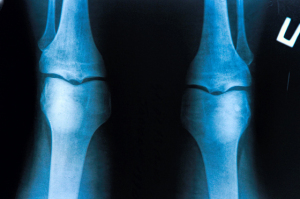por
Gus Iversen, Editor in Chief | January 05, 2015
Tears in the anterior cruciate ligament (ACL) have ended more professional sports careers than any other injury, and they also afflict over 250,000 U.S. citizens annually.
Now synthetic material for grafting may yield better outcomes than traditional methods, according to new research from Northwestern University. Investigators there have created a material and used it successfully in preliminary animal trials.
The inelastic nature of the ACL makes tear and sprain repair difficult and surgeons normally rely on autografts to reconstruct the damaged parts. The most frequent strategy is to use a bone-patellar tendon-bone (BPTB) graft in place of the damaged ACL.




Ad Statistics
Times Displayed: 37439
Times Visited: 1017 Stay up to date with the latest training to fix, troubleshoot, and maintain your critical care devices. GE HealthCare offers multiple training formats to empower teams and expand knowledge, saving you time and money
But that can be tricky. "BPTB autografts have a high incidence of knee pain and discomfort that does not go away," said Guillermo Ameer, professor of biomedical engineering at Northwestern University's McCormick School of Engineering and professor of surgery at the Feinberg School of Medicine, in a press release.
"By saving the patient's patellar tendon and using an off-the-shelf product, one may have a better chance of preserving the natural biomechanics of the knee," said Ameer.
The synthetic solution has three main components: polyester fibers that are braided to increase strength and toughness, an inherently antioxidant and porous biomaterial created in Ameer's lab, and calcium nanocrystals, a mineral found naturally in human teeth and bones.
The three components create a synthetic bone-like material which is then drilled into the femur and tibia. Ameer and his team believe "we may have found a way to integrate an artificial ligament with native bone."

